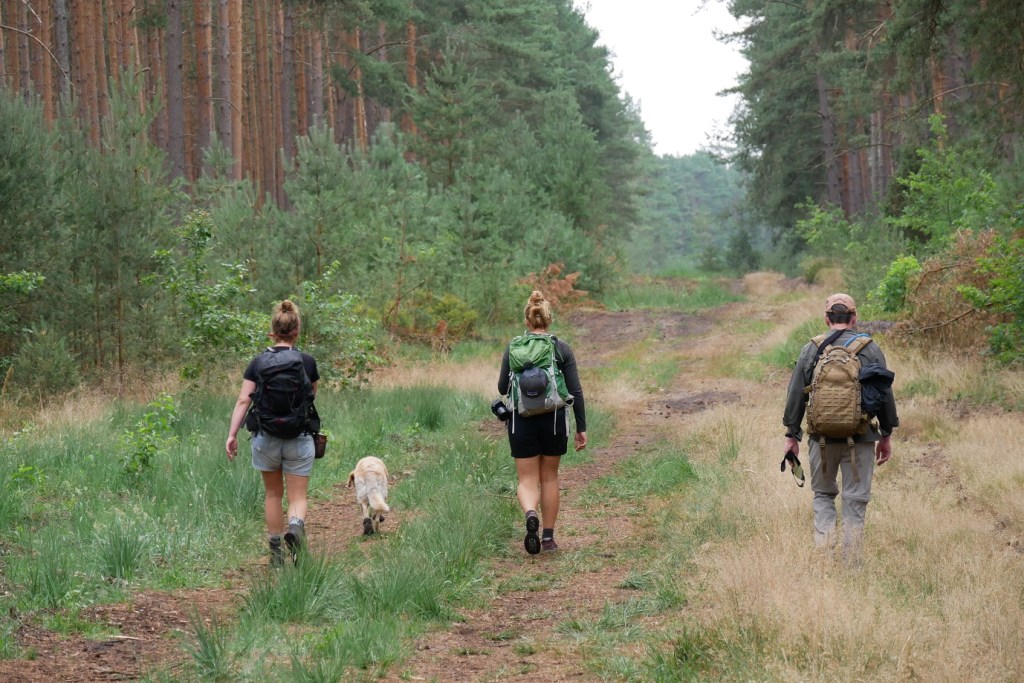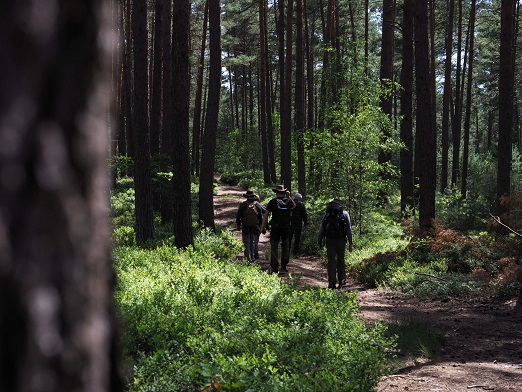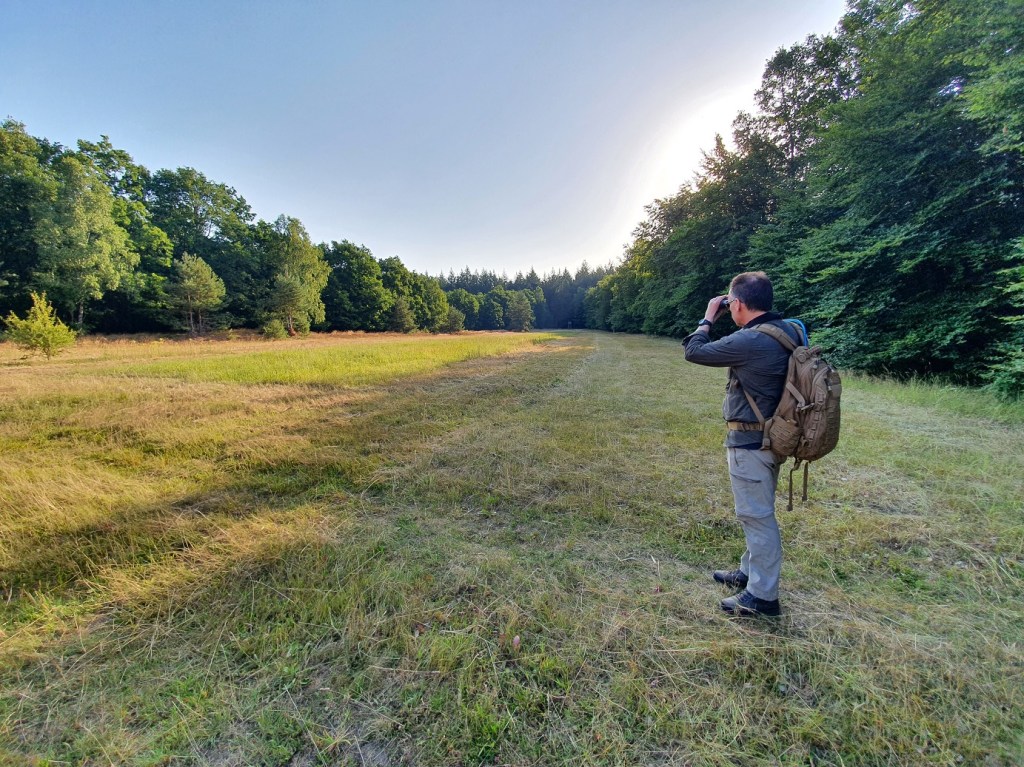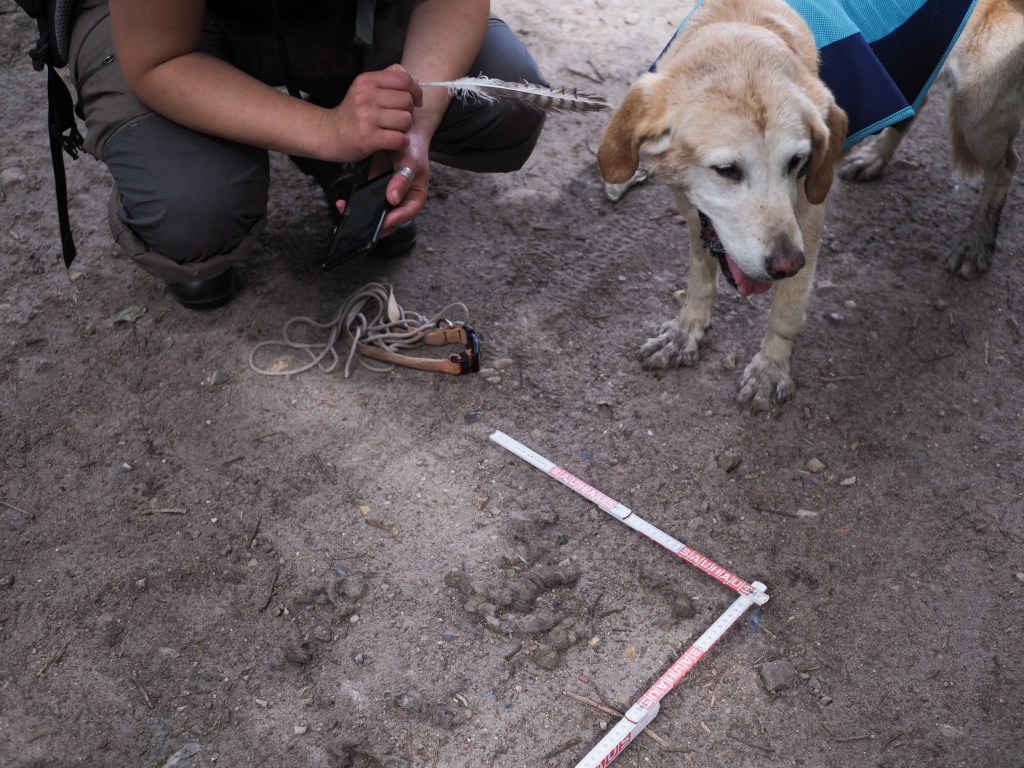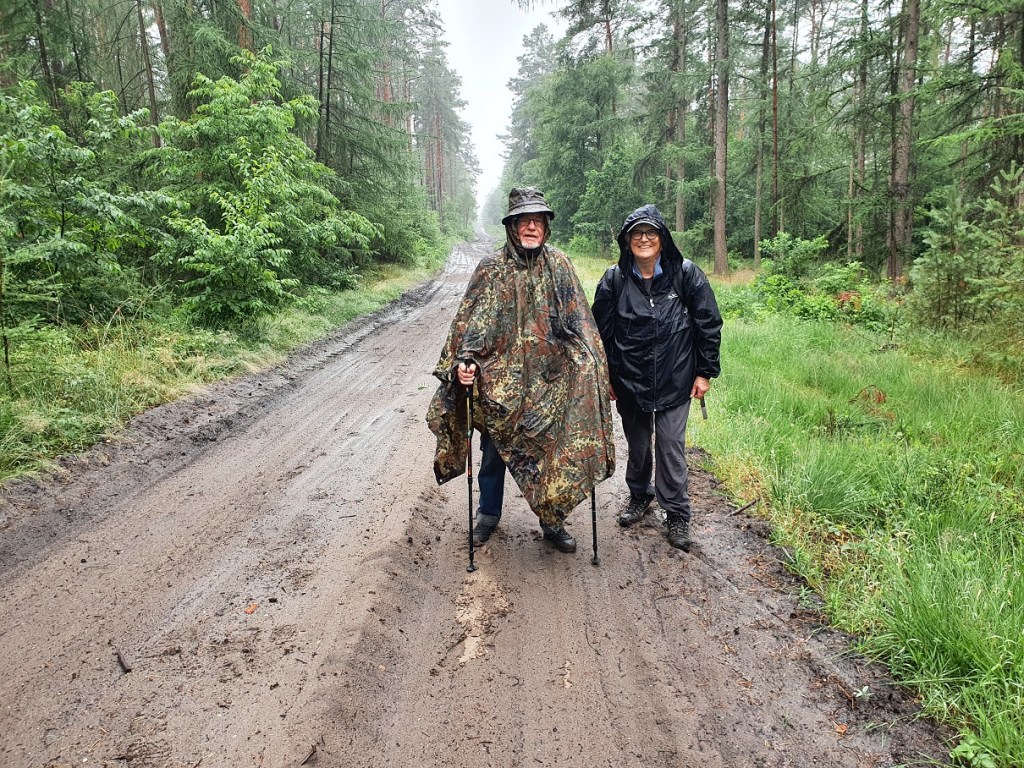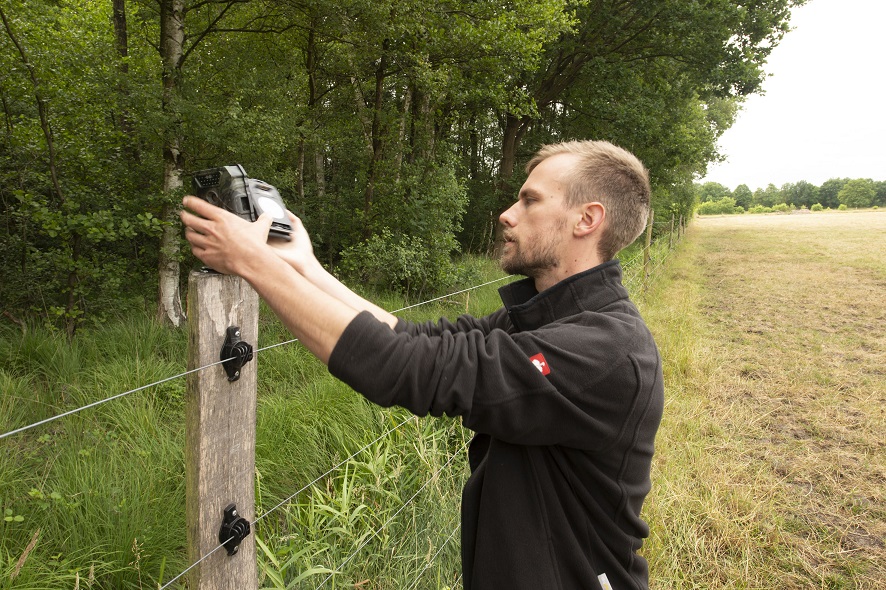Update from our Germany wolf volunteer project
After a 2-year Covid break, it was truly rewarding to run this 4th edition of the Lower Saxony wolf expedition again in 2022 with a total of 24 expeditioners from seven different countries for three weeks. The final numbers of all groups sum up a truly impressive effort: all teams covered 837 km in nine wolf territories, sampling a total of 190 wolf scats. 132 samples were frozen for dietary analyses and 15 samples will be sent to the lab for DNA analysis. We also recorded one wolf sighting during group 1 and recorded a 300+ meter track of an adult wolf with (probably) two pups.
During the Covid pandemic, wolf monitoring went through a lull in data collection, so the new and sizeable set of data collected by the expedition will be crucial for an up-to-date picture of current wolf presence in the study area. Expedition data have just been entered into the German wolf monitoring database by our expedition scientists. Biosphere Expeditions’ contribution from 2017 to today now exceeds 650 data entries, underlining the importance of citizen science for wolf monitoring and conservation.
What makes this expedition truly unique is the variety of wolf stakeholders we have interacted with: inspiring wolf ambassadors, the committed state wolf bureau team, beautiful Kenners Landlust advance expedition base, the showcase Wolfcenter, our amazing scientists and fascinating wildlife detection dog Molly. We also learnt about how humans and wolves can coexist in a densely populated and highly developed landscape like Germany.
The wolf has returned to Germany to stay and it is a credit to Germany that the country is making it work, the inevitable trials and tribulations aside. We are proud to say that our expedition plays a significant role in making this so and we thank everyone for making this year a great success. We hope to see many of you again in the future.
Continue reading “Germany : Round-up 2022”

